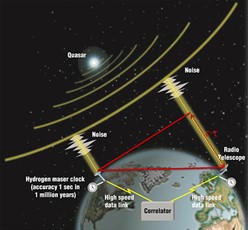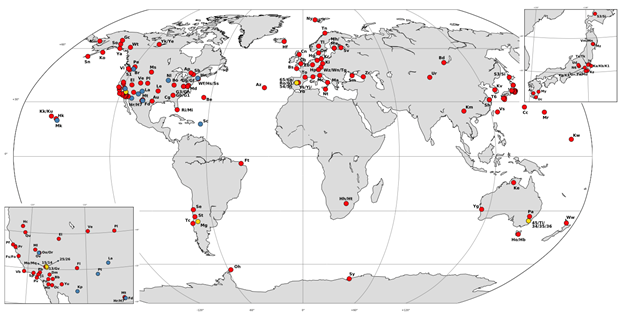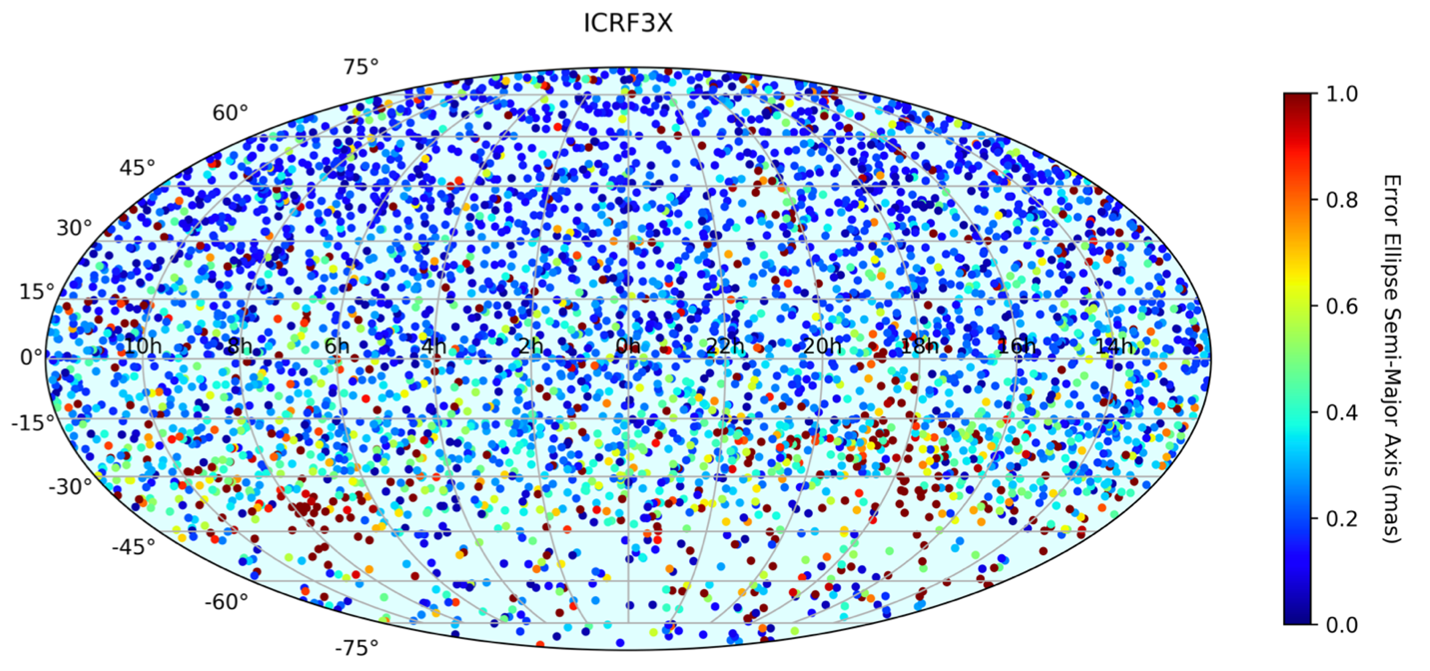- Organization
-
IAU Double Star Center
- WDS Description
-
WDS Catalog
- WDS Catalog: Full
- WDS Catalog: 00-05 Hour Section
- WDS Catalog: 06-11 Hour Section
- WDS Catalog: 12-17 Hour Section
- WDS Catalog: 18-23 Hour Section
- WDS Catalog With Precise Last Only
- WDS Catalog As An SQL Database (Original Code, Danley Hsu; Improved Code, Damien Mattei)
- WDS With Constellation And Bayer/Flamsteed Designation (When Applicable) Appended
- Format Of The Current WDS
- Notes File For The WDS
- References And Discoverer Codes
-
WDS Supplemental Catalog
- WDS Supplemental Catalog: Explanatory file
- WDS Supplemental Catalog: Summary
- WDS Supplemental Catalog: 00-05 Hour Section (All Data)
- WDS Supplemental Catalog: 06-11 Hour Section (All Data)
- WDS Supplemental Catalog: 12-17 Hour Section (All Data)
- WDS Supplemental Catalog: 18-23 Hour Section (All Data)
- WDS Supplemental Catalog: Format Of Files
- IAU Commission G1
-
Sixth Catalog Of Orbits Of Visual Binary Stars
- Full Page
- Introduction
- Orbit Grading Method
- Description Of The Catalog
- Catalog statistics
- Acknowledgments And References
- Orbital Elements: Html
- Orbital Elements: Text
- Orbital Elements: SQL
- Ephemerides:Html
- Ephemerides:Text
- Notes:Html
- Notes:Text
- References:Html
- References:Text
- Orbital Elements: Frame Version
- Formats Of Elements And Ephemerides Files
- Calibration Candidates
- Top 25 Orbit Calculators
- Master File Database
- Catalog Of Rectilinear Elements
- Fourth Catalog Of Interferometric Measurements Of Binary Stars
- The Delta-M Catalog
- IERS ICRS Center
- IVS (VLBI) Analysis Center
- IVS (VLBI) Analysis Center for Source Structure
-
Data Products
- Overview
-
IAU Double star center
- Overview
-
WDS Catalog
- WDS Catalog: Full
- WDS Catalog: 00-05 Hour Section
- WDS Catalog: 06-11 Hour Section
- WDS Catalog: 12-17 Hour Section
- WDS Catalog: 18-23 Hour Section
- WDS Catalog With Precise Last Only
- WDS Catalog As An SQL Database (Original Code, Danley Hsu; Improved Code, Damien Mattei)
- WDS With Constellation And Bayer/Flamsteed Designation (When Applicable) Appended
- Format Of The Current WDS
- Notes File For The WDS
- References And Discoverer Codes
-
WDS Supplemental Catalog
- WDS Supplemental Catalog: Explanatory file
- WDS Supplemental Catalog: Summary
- WDS Supplemental Catalog: 00-05 Hour Section (All Data)
- WDS Supplemental Catalog: 06-11 Hour Section (All Data)
- WDS Supplemental Catalog: 12-17 Hour Section (All Data)
- WDS Supplemental Catalog: 18-23 Hour Section (All Data)
- WDS Supplemental Catalog: Format Of Files
-
Sixth Catalog Of Orbits Of Visual Binary Stars
- Full Page
- Introduction
- Orbit Grading Method
- Description Of The Catalog
- Catalog statistics
- Acknowledgments And References
- Orbital Elements: Html
- Orbital Elements: Text
- Orbital Elements: SQL
- Ephemerides:Html
- Ephemerides:Text
- Notes:Html
- Notes:Text
- References:Html
- References:Text
- Orbital Elements: Frame Version
- Formats Of Elements And Ephemerides Files
- Calibration Candidates
- Top 25 Orbit Calculators
- Master File Database
- Catalog Of Rectilinear Elements
- Fourth Catalog Of Interferometric Measurements Of Binary Stars
- The Delta-M Catalog
- FRIDA
- 24 Hour Sessions
- UT1-UTC
- Global Solutions
THE INTERNATIONAL CELESTIAL REFERENCE SYSTEM (ICRS)
Defining the positions and motions of both celestial objects and the Earth (astrometry and geodesy) requires an independent frame of reference. This is not a simple task, as the Earth wobbles about its rotational axis (precession + nutation), the Sun orbits in the Milky Way’s gravitational potential, the Milky Way moves within the Local Group (which contains neighboring galaxies such as Andromeda and Triangulum), itself part of the larger Virgo Supercluster. Stars can no longer be used as reference points, given modern astrometric precision requirements, as they have their own peculiar motions. Moreover, studies of the motions and distances of stars are a major scientific motivation for astrometric missions such as Gaia, so some larger-scale, independent reference frame is required.
The success of ΛCDM cosmology at describing the large-scale structure of the universe and its history implies that the cosmic microwave background (CMB) is the “ultimate” reference frame within the observable universe, and indeed redshifts used for estimating cosmological distances are often “corrected” to this frame. However, the CMB cannot currently be used for astrometry, as it is almost perfectly smooth (to within one part in 100,000), making precise orientation with respect to it infeasible.
In lieu of the CMB, quasars, dominant active galactic nuclei powered by supermassive black holes, are at sufficiently large cosmological distances that their own peculiar motions may be ignored, and indeed are not measurable with current or upcoming technology. Quasars have the additional advantage that they are generally extremely luminous at nearly every wavelength (Figure 1), from low-frequency radio to the most energetic X-rays, making them ideal reference points for observations across the electromagnetic spectrum. Moreover, radio-luminous quasars allow for the use of very long baseline interferometry (VLBI), in which radio telescopes across the planet may be joined together to effectively act as a single giant telescope (Figure 2), to define the celestial reference frame (CRF). VLBI observations, such as those with the Very Long Baseline Array, allow for the creation of a CRF with an orientation precision of a few tens of micro-arcseconds, comparable to being able to distinguish the width of a single human hair at a distance of over 1,500 kilometers (nearly 1,000 miles) away.


Finally, the mathematics of the VLBI technique yield the radio antenna positions as an output, accurate to within a few millimeters, naturally tying the CRF to the terrestrial reference frame (TRF) via the Earth orientation parameters (EOPs; see also Figure 3). The unmatched precision and applicability of the quasar-based CRF is what led to its formal adoption by the International Astronomical Union (IAU) as the CRF, the International Celestial Reference Frame (ICRF; Figure 4), the instantiation of the International Celestial Reference System (ICRS).


3450 Massachusetts Ave NW,
Washington, DC 20392
Thursdays from 3-5pm Eastern Time, during
which time the website may be unavailable.
